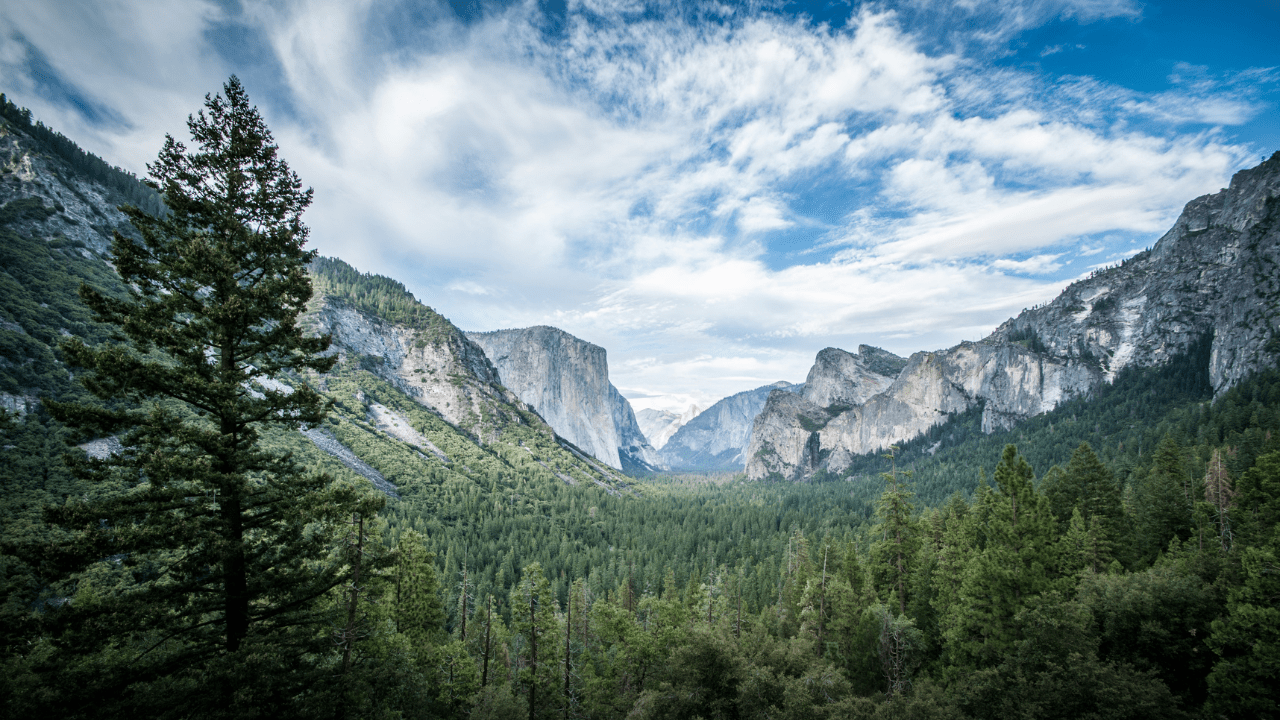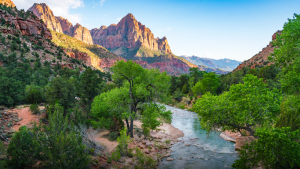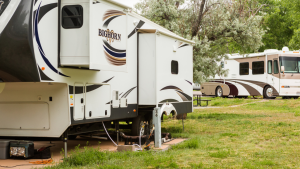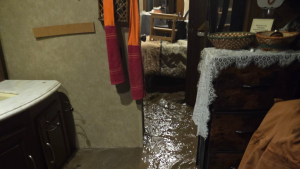A week into the federal government shutdown, visitors are still rolling into America’s national parks. Gates are open, roads are clear, and trails are busy. But with most rangers furloughed, that freedom is coming at a cost.
At Yosemite National Park, visitors have been caught on video BASE jumping off El Capitan and climbing Half Dome’s cables without permits, according to SFGATE. Longtime Yosemite guide John DeGrazio described it as “the Wild West,” saying some people are taking advantage of the lack of enforcement.
So what does that mean for visitors planning a fall trip to the parks?
Parks Are Technically Open, But Short on Staff
All 63 national parks remain open under the Department of the Interior’s contingency plan. Roads, lookouts, and trails are still accessible, and many campgrounds are open to self-contained RVs. But visitor centers, restrooms, and ranger-led programs are shut down or running with volunteers.
According to USA Today, basic maintenance like bathroom cleaning and trash collection depends on revenue from entrance fees collected before the shutdown. Because entrance fees are currently suspended, many parks have little or no funding for upkeep.
If garbage piles up or conditions become unsafe, parks can close specific areas without notice. The Department of the Interior notes that emergency services are limited but still active for life-and-property protection.
Yosemite’s Enforcement Gap Highlights the Risk
Yosemite may be the clearest example of how thin things have stretched. An anonymous park employee told SFGATE there’s only one volunteer “ranger” currently covering the entire park. With no staff at checkpoints, hikers have been ascending Half Dome without permits, crowding the cables, and creating dangerous bottlenecks.
The situation has angered experienced climbers and park advocates. Registered nurse and four-time Half Dome climber Aaron Willits told SFGATE the lack of enforcement puts lives at risk and disrespects those who follow the rules. He pointed out that 25 people have died on Half Dome over the years, often due to overcrowding and unsafe behavior.
How the Top National Parks Are Operating Right Now
According to USA Today, here’s how the ten most-visited national parks are handling the shutdown:
- Great Smoky Mountains National Park – Open and fully funded through Oct. 19 thanks to local fundraising.
- Zion National Park – Open, no entrance fees, limited programs supported by Utah funds.
- Grand Canyon National Park – Open, no fees, but the South Rim Visitor Center is closed.
- Yellowstone National Park – Open, no fees, visitor centers closed, but restaurants and lodges remain operational.
- Rocky Mountain National Park – Open, supported temporarily by state funds.
- Yosemite National Park – Open, no visitor centers or ranger-led activities.
- Acadia National Park – Open, but key visitor centers closed.
- Olympic National Park – Open, all visitor centers temporarily closed.
- Grand Teton National Park – Open, all visitor centers closed.
- Glacier National Park – Open, entrance fees suspended, visitor centers closed.
Each park’s access level depends on available funding and partnerships with local or state governments.
What Travelers Should Know Before Heading Out
For campers, “open” doesn’t mean easy. Many restrooms, dump stations, and trash bins are closed. Campgrounds may still allow overnight stays, but without staff, conditions can change quickly.
If you plan to visit during the shutdown:
- Bring extra water, food, and waste storage.
- Be prepared for self-contained camping without hookups or ranger assistance.
- Check the park’s official NPS page or social media before arrival for the latest updates.
- Stay alert to unofficial or overcrowded campsites. Some visitors have reportedly been squatting in closed areas of Yosemite.
Conservation Groups Are Pushing for Temporary Closures
The National Parks Conservation Association has called for a temporary closure of all national parks until funding is restored. The group warned that unsupervised use could lead to irreparable damage to fragile environments and historic sites, echoing problems seen in past shutdowns.
Bottom Line for Visitors
For now, America’s parks are open, but largely on autopilot. With limited oversight, it’s up to visitors to act responsibly. Visitors should treat this period like true off-grid camping: pack it in, pack it out, and look out for one another.
Because as one Yosemite guide put it, when the rangers disappear, “it starts to feel a lot like the Wild West again.”







Write a comment